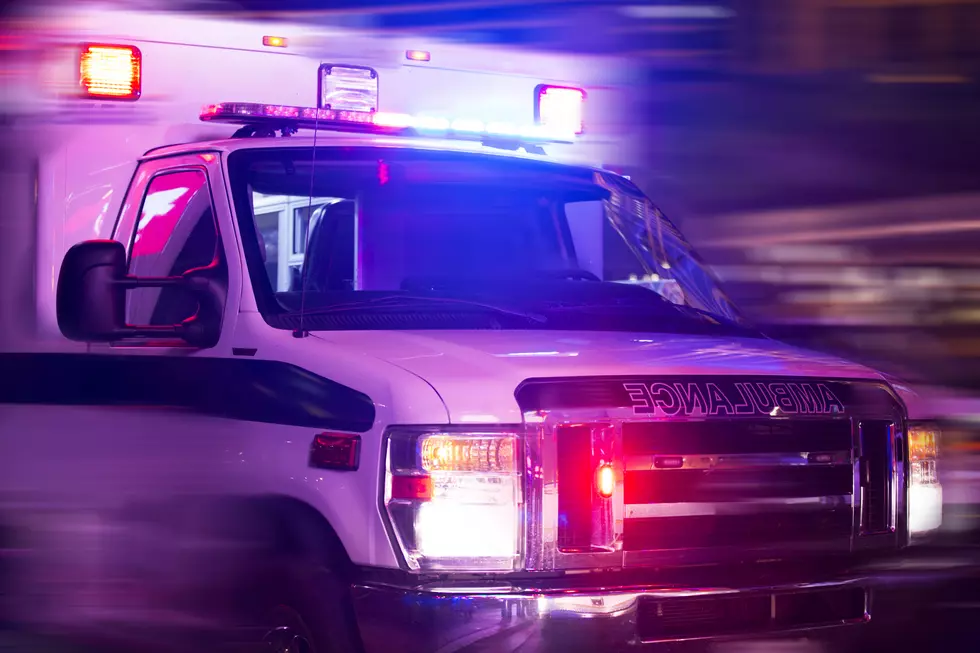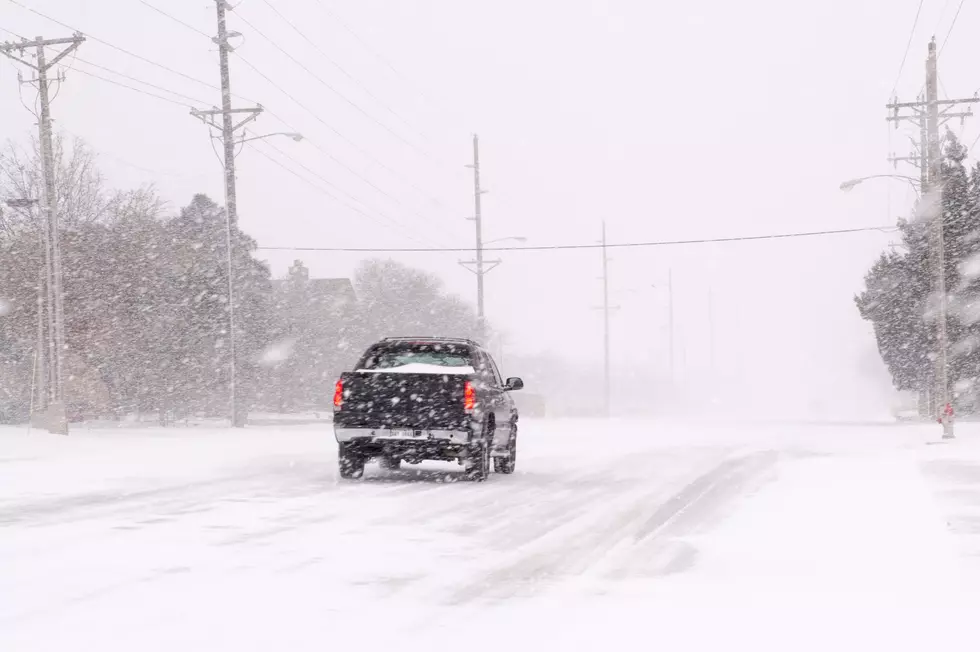
Did You Know Minnesota Emergency Vehicle Sirens Have Different Sounds + Meanings?
Oftentimes as we drive down the streets, we're faced with an oncoming emergency response vehicle. Examples of these emergency vehicles are police cars, fire trucks, EMTs, Rescue Vehicles, and ambulances. As emergency vehicles approach with sirens blaring and lights flashing, drivers are required by law to safely get out of the way. It is recommended that a driver pull off the road to the right and come to a stop. This is required in order to open up a clear and safe route so that responders can arrive at the emergency situation as safely and timely as possible.
What do the different siren frequencies mean?
The Wail
This signal is the most commonly used in emergency vehicles. It alternates between a high-pitched blare into a low-pitched one. The sound, if spelled out, would sound something like "Weeeeeeee Oooooooo, Weeeeeeee Oooooooo". This sound is used widely across all emergency vehicles.

The Yelp
The yelp is similar to the wail, however, it's a faster frequency, as to grab motorist's attention more quickly. This signal sounds like, "WeeeOoooWeeeOoooWeeOooo". When motorists hear this pulse they should know that the emergency may be more serious than that of the wail.
The Phaser
This frequency is the highest alert for an emergency response vehicle. It tells drivers to get out of the way as quickly and safely as possible. The phaser, also dubbed the piercer, is a very rapid siren and is completely different than the other two sounds. It is used in highly congested areas to alert people to safely and immediately get out of the way.
It's important to be on alert for emergency responders while using the road. The person or people in need of these emergency services may be someone you know.
LOOK: The most expensive weather and climate disasters in recent decades
More From MIX 108




![UW-Superior Abuzz With Emergency Vehicles and Life Link III Helicopter for Training [VIDEO]](http://townsquare.media/site/164/files/2015/06/Watch-the-Life-Link-III-Helicopter-Land-at-Ole-Haugsrud-Stadium-in-Superior-WI-YouTube-2015-06-09-21-29-49.jpg?w=980&q=75)
![Woman Calls 911 Because of Circle Around the Sun [VIDEO]](http://townsquare.media/site/164/files/2014/04/52820238.jpg?w=980&q=75)



